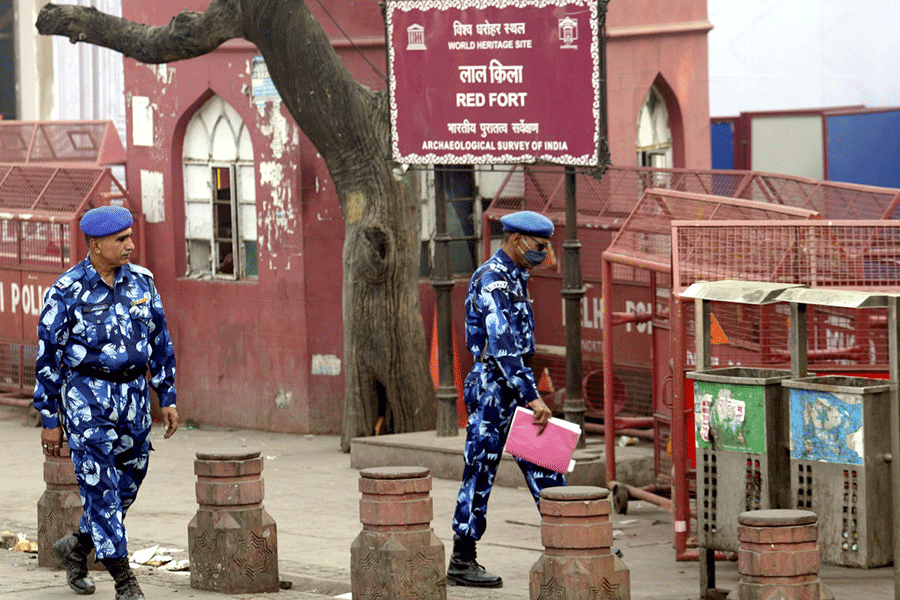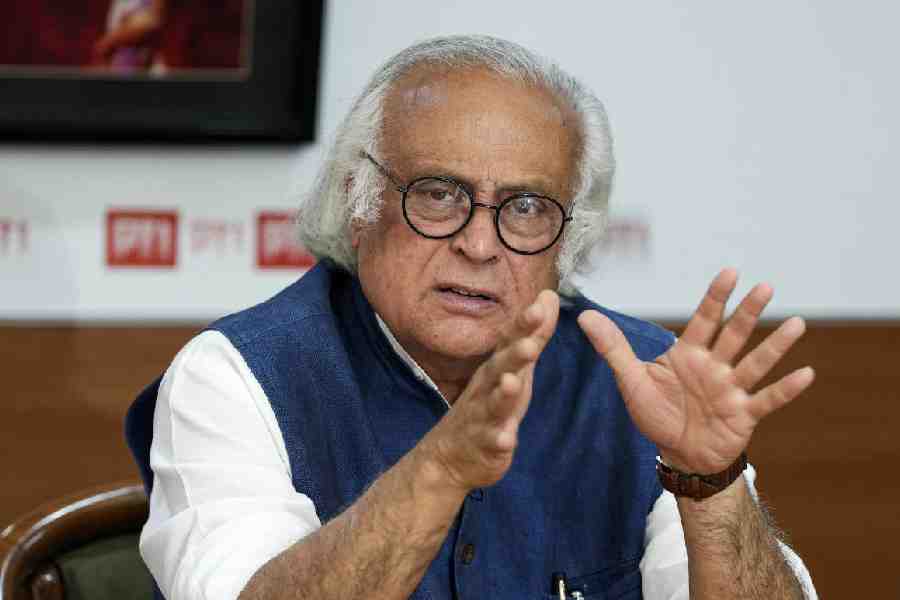The Bengal government has decided to plant palmyra palm trees (taal) in several areas as a natural safeguard against lightning, which claims around 500 lives in the state every year.
Officials have said the move to use a “nature-gifted protective measure” follows the understanding that tall palm trees act as effective conductors and can divert lightning strikes away from people.
With the high fatality count emerging as a major concern, state forest department sources said that at least 75,000 palmyra palm saplings would be planted before the next monsoon in three districts of south Bengal.
The saplings will line roads in Bankura Purulia, and East Burdwan, covering a total of around 300km as part of a pilot project, said chief conservator of forest (south west circle) Bidyut Sarkar.
However, the planting would not come up as an immediate solution to the threats posed by lightning, as palmyra palm trees take about 30 years to become fully mature and then continue to yield for up to 40 years.
Nevertheless, the forest department is determined to take up the endeavour to revive the plant as a natural saviour.
“Since incidents of lightning strikes have been increasing every year, the initiative will become beneficial for future generations,” an official of the forest department said.
During the past few years, incidents of lightning strikes increased primarily because of climate change, which is raising temperatures and increasing atmospheric moisture, urbanisation and practices like burning of agricultural residue and deforestation.
At a meeting of the forest department on Thursday, officials decided to give priority to plant palmyra palm trees in schools, colleges, hospitals and other lightning-prone areas like agricultural land. Saplings will be planted at intervals of four metres along a 100km stretch each in Bankura, Purulia and East Burdwan.
The foresters said instructions had already been issued to collect seeds so the targeted number of saplings could be raised in time.
Speaking to The Telegraph, Sarkar said the palmyra palm project would help bring down the number of human deaths caused by lightning strikes every year.
“The palmyra palm tree can act as a life-saver from lightning because it is a tall conductive object that can act as a natural lightning conductor. By attracting lightning strikes, the tree helps divert the electricity away from nearby people and structures, reducing the chance of casualties,” said Sarkar.
A divisional forest officer said: “Because of its height, a palmyra palm often appears as the tallest object in its vicinity. Since lightning tends to strike the tallest object, the tree can take the hit and save human lives. So we have planned to plant palmyra palm trees in a big way.”
A palmyra palm typically grows up to 100 feet, and its deep root system works like natural earthing. This allows the tree to absorb the initial impact of a lightning strike and shield people nearby. Experts also noted that the palm’s high moisture and sap content help it conduct the electrical charge safely into the ground.










